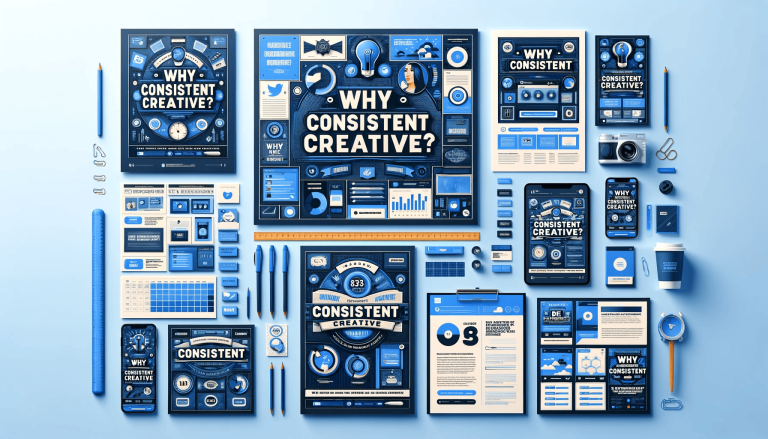In a world dominated by social media trends, viral videos, and influencer marketing, it’s tempting to proclaim traditional media—like TV, radio, and print—as obsolete. However, to make such an assumption would be premature. In the swiftly evolving media landscape, these age-old mediums are not only surviving, but in many cases, thriving. A more nuanced perspective reveals that while digital advertising continues to grow, a balanced media mix incorporating traditional media can yield even better results for brands and businesses.
Why Traditional Media Remains Relevant
Audience Reach and Engagement: Despite the surge of online platforms, traditional media outlets still command vast audiences. Television, for instance, remains a powerful medium for reaching mass audiences, especially during significant events or prime time. Similarly, radio has a captive audience during morning and evening commutes. As for print, newspapers and magazines continue to cater to specific demographics and interests that are deeply engaged with their content.
Trustworthiness: In an age of fake news and ad-blockers, traditional media offers credibility that digital platforms sometimes lack. Many people continue to rely on TV, radio, and print for trustworthy news, insights, and entertainment. Advertisers leveraging these platforms often benefit from the inherent trust these mediums command.
Sensory Experience: Unlike the transitory nature of digital ads that can be scrolled past or blocked, traditional media provides a tangible or sensory experience. Radio engages the auditory senses, print offers a tactile experience, and television combines both visual and auditory elements. This sensory engagement can lead to better brand recall and a stronger emotional connection.
Integrating Traditional and Digital for Optimal Results
A balanced media mix doesn’t mean dividing resources equally among various channels; it means strategically deploying them to harness each medium’s strengths. Integrating digital and traditional media can achieve synergies not possible when operating in silos.
Consistent Messaging Across Platforms: Brands that broadcast a consistent message across both digital and traditional platforms can reinforce their branding and narrative. For instance, a TV ad can be complemented with a social media campaign, ensuring the audience receives consistent messages across different touchpoints.
Leveraging Data for Personalization: Digital advertising excels in the realm of data analytics and personalization. Brands can use insights gleaned from their digital campaigns to fine-tune their messages on traditional media. Conversely, a successful TV or radio campaign’s themes can be adapted and deep-dived into digital formats.
Expanding Audience Reach: Some demographics might be more attuned to traditional media, while others are digital natives. A balanced media strategy allows brands to cast a wider net, ensuring no segment is left untouched.
Case in Point
Consider a brand launching a new product. A teaser campaign on social media platforms can generate buzz among younger audiences. This can be followed by a product launch event broadcasted live on TV, capturing a broader audience’s attention. Subsequent print ads in niche magazines can delve deeper into the product’s features, while radio spots during prime commute times keep the product top-of-mind. Meanwhile, retargeting ads on digital platforms can ensure that interested parties are consistently reminded and nudged towards a purchase.
Conclusion
While it’s undeniable that digital advertising has revolutionized the marketing landscape, the death knell for traditional media is far from being sounded. Savvy marketers understand that the key lies not in choosing one over the other but in crafting a balanced media strategy that draws on the strengths of both.
In a world overwhelmed by digital noise, the resonance of a well-crafted TV commercial, the tactile pleasure of a print ad, or the familiar voice of a radio host can offer a comforting anchor. Brands that harness this potential, integrating the old with the new, are poised to capture audiences’ hearts and minds in a truly holistic manner.
M1 Agency is a full-service marketing and creative agency. Our approach to marketing strategy is to understand our clients goals and opportunities and determine the right channels, be it traditional or digital, that will help them achieve those goals. Reach out to learn more – contact us.






